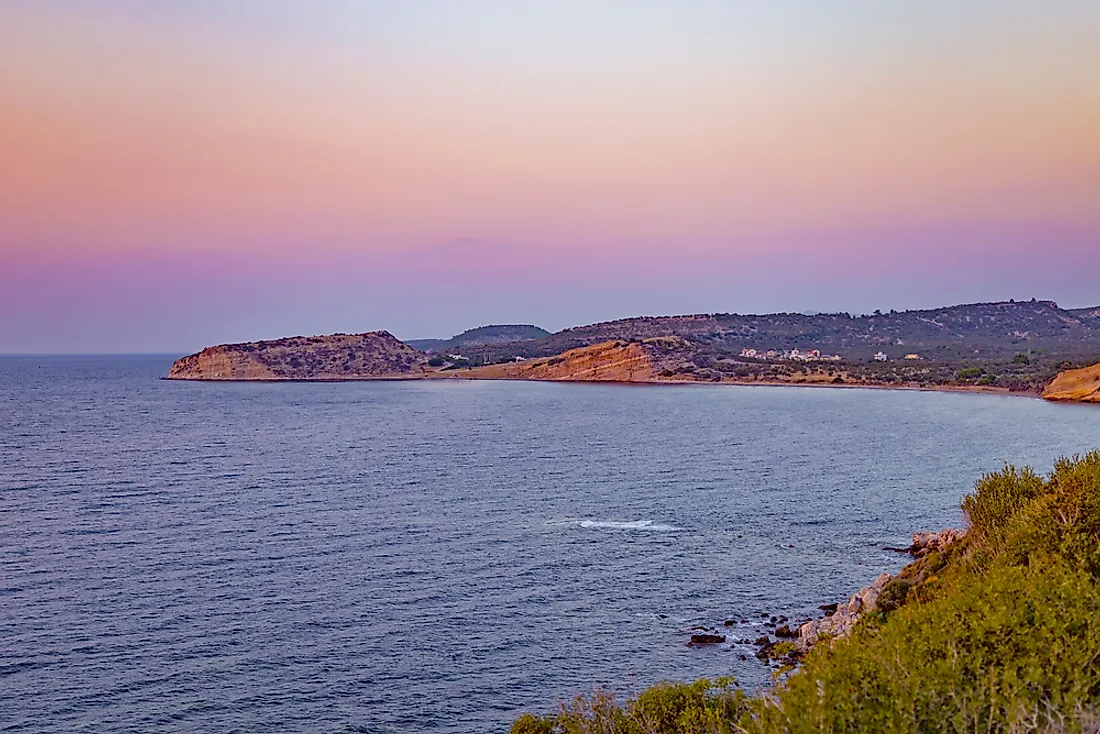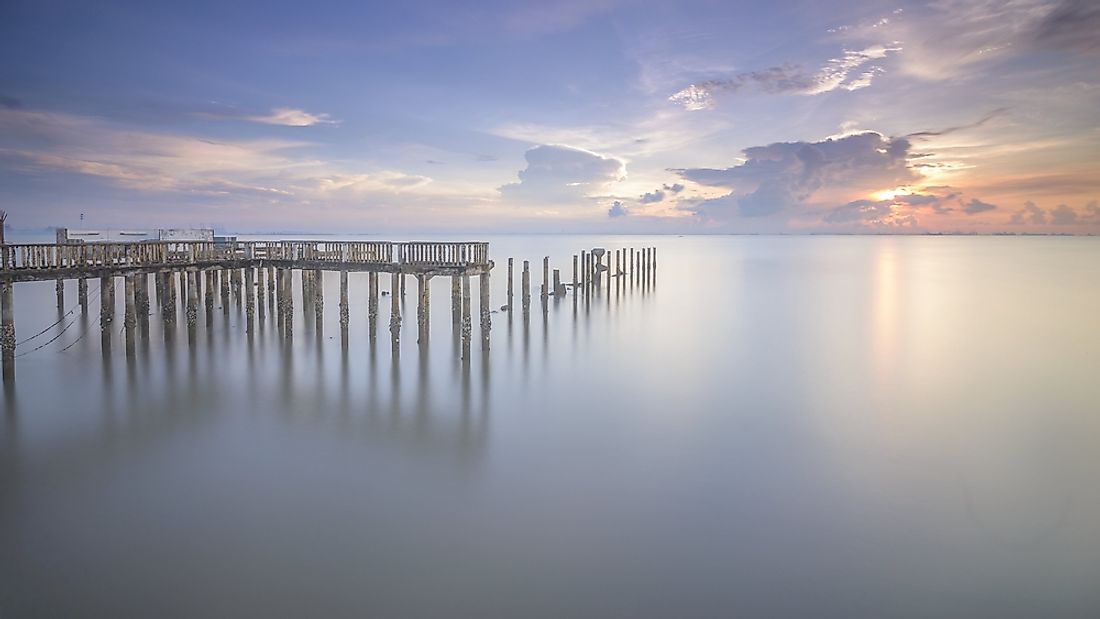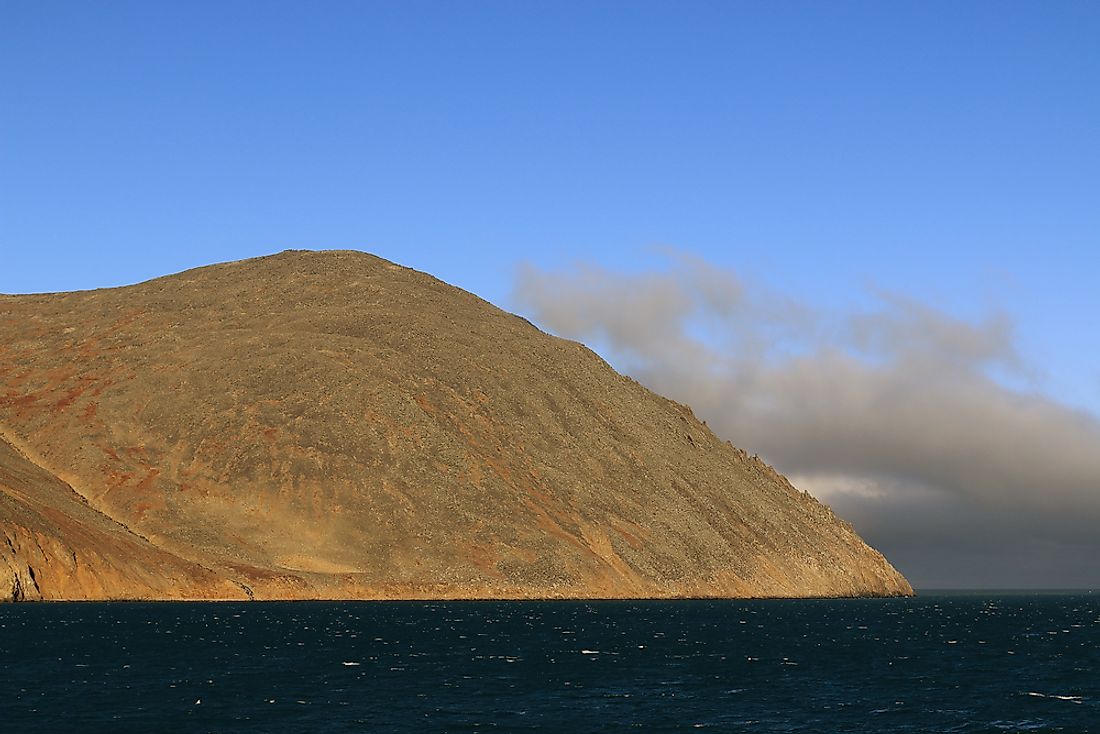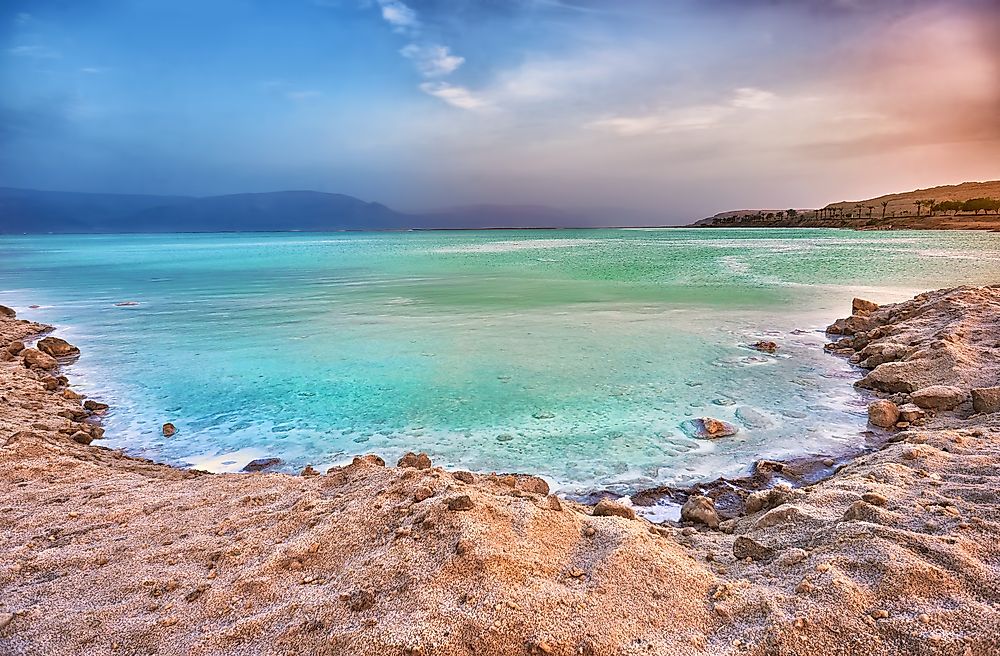The Most Extreme Points of Asia

Asia is the largest and most populated continent, being the home of many civilizations. It shares land borders with Europe, which is not defined and hence share a landmass called Eurasia. Afro-Eurasia is the name given to the landmass between Asia, Europe, and Africa. The extreme points are in the mainland continent and its islands. Asia shares a lot of its extreme points with Europe, especially Russia.
6. Northernmost Point in Asia
Cape Fligely, 81°50′35″N 59°14′22″E, is the northernmost point of Russia and Eurasia, and as such its position as the northernmost point of both Asia and Europe is controversial, and dependent on the boundary between Europe and Asia. At 911 kilometers from the North Pole, the Cape is situated in the Rudolf Island, Franz Josef Land, Russian Federation. On April 12, 1874, the cape was first visited by Austro-Hungarian North Pole Expedition members, and was named after August von Fligely, an Austrian officer and cartographer
The northernmost point on the Asian mainland is Cape Chelyuskin, 77°44′0″N 104°15′0″E. At 1370km from the North Pole, Cape Chelyuskin is the northernmost part of mainland Eurasia, and Russia. In May 1742, Semion Chelyuskin leading an expedition party first reached the cape. It was named after him in 1842 by the Russian Geographical Society. It is located at the Taymyr Peninsula,
5. Southernmost Point in Asia

Pamana Island, 11°00′36″S 122°52′37″E, is the southernmost point of Asia, located in the Lesser Sunda Islands, East Nusa Tenggara province of Indonesia. Legend has it that all its inhabitants were massacred in the 17th century and their bodies disposed of in the lake. It is a tourist attraction offering a variety of deers, bird species and its beautiful beaches.
The southernmost point on mainland Asia is Tanjung Piai, 1°15′58″N 103°30′39″E. Tanjung Piai, located in Johor, Malaysia, is the southernmost point of Eurasia. The cape is named after a local fern, the Paku Piai. Its coast is lined with mangrove up to 8 kilometers and thus making it an important nature site, with 22 mangrove species and habitat for birds like the endangered Lesser Adjutant Stork, and three types of primates. The mangrove is important as it protects the land from the wild sea, prevents erosion by its roots binding the soil, provide food and shelter for the fauna, and filters water. Tanjung Piai is a tourist attraction site and is a gazetted national park, managed by Johor National Park Corporation.
4. Westernmost Point in Asia
Cape Baba, 39°28′47″N 26°03′50″E, located on the Anatolian part of Turkey, is the westernmost part of Asia. Located in Babakale village also known as Father’s Castle in historical Troad. Apostles Luke’s journey around the cape, and Apostle Paul’s journey on land are recorded in the biblical book Acts of the Apostles.
3. Easternmost Point in Asia

Big Diomede, 65°46′52″N 169°03′25″W, an island in Russia's Diomede Islands archipelago, is the easternmost part of Asia. The island covers an area of 29km², with its highest point reaching an elevation of 1,566 feet. The island also lies 1.3 kilometer west of the International Date Line. Semyon Dezhnyor, an explorer from Russia, in 1648, was the first European to reach the Big Diomede. The island was rediscovered by Vitus Berin, a Russian navigator of Danish roots in August 16, 1728. The island’s map was plotted in 1732 by Mikhail Gvozdev, a geodesist from Russia. The island was used as a military base during the Second World War and the Cold War. It has no indigenous people living on it as they were relocated to mainland Russia after the Second World War. The island is currently a border base for the Border Service of the Federal Security Service of the Russian Federation and a weather station site for Russia. Big Diomede is also home to eleven species of birds, including a rufuos hummingbird which was identified in 1976.
Cape Dezhnev, 66°4′45″N 169°39′7″W, located on the Chukchi Peninsular, between the Chukchi Sea and the Bering Strait, is the easternmost point of mainland Asia. Up until 1898, the cape was called East Cape, named by Captain James Cook. It was then renamed after Semyon Dezhnev, a Russian explorer who was the first European recorded to round its tip in 1648, a monument of him stands on the coast. The cape is the edge of a rocky headland with steep, carved-looking cliffs. In the 19th and 20th centuries the cape was a trade center between American and European whalers, as well as fur traders with the native people of Yupik and Chukchi. Some of Russia’s most famous lighthouses can be found on the shores of the cape, together with erected whale bones, near Naukan.
2. Highest Point in Asia
Mount Everest, 27°59′17″N 86°55′31″E, is the highest point in Asia, and the world at large. It is 8,848 meters above sea level. It is located on the border between China and Nepal, and part of the Mahalangur Himal of the Himalayas mountain ranges. The mountain goes by many indigenous names including Qomolangma in Nepal, but was named after Sir George Everest by his successor Andrew Waugh in 1865, an English surveyor General. The mountain is a popular mountaineering spot despite all its hazards.
1. Lowest Point in Asia

The Dead Sea, 31°30′N 35°30′E, is the lowest point of Asia and the world. It is a salt lake with an elevation of 1,401 feet below the sea level. It is bordered by Jordan to the east and Israel to the west. The Dead Sea is 304 meters deep, and is hyper saline which makes it hard for plants and animals to live in it hence its name. Its hyper salinity, which makes it one of the saltiest water bodies, is also responsible for its buoyancy which causes swimmers to appear they are floating on the water. Its main tributary is River Jordan. The sea discharges asphalt and its uses in Egyptian mummification process has been archeologically proven. The sea is also of putative therapy use in health and beauty due to its chemical composition of the water, and is a tourism and leisure site.











